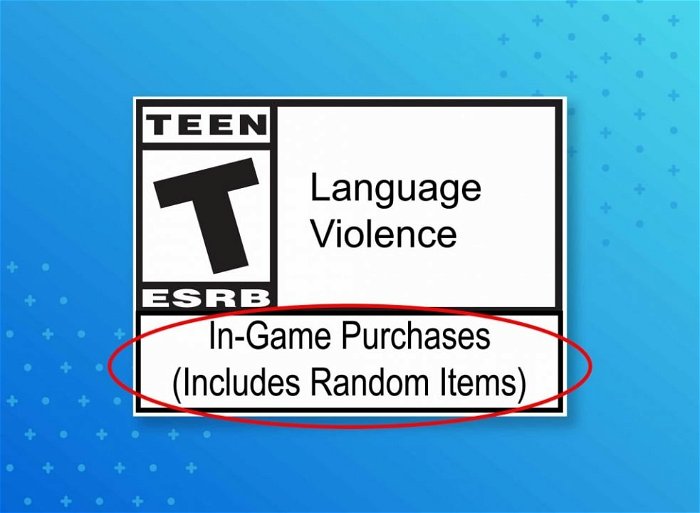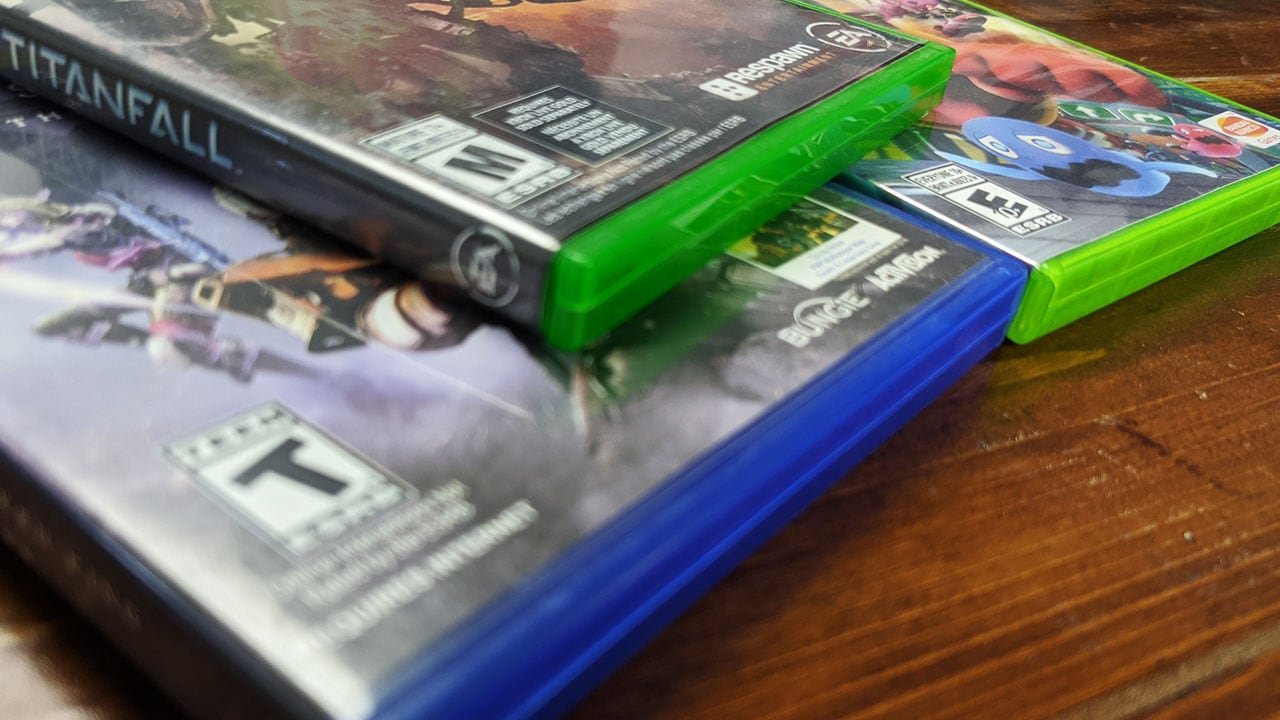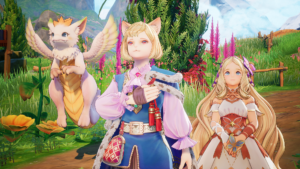The Entertainment Software Rating Board (ESRB) has announced that they will now assign the In-Game Purchases (Includes Random Items) label to games with such properties.
After EA’s Star Wars Battlefront 2 kicked off worldwide government investigations into monetary practices in the gaming industry a couple of years ago, industry leaders have been hard at work organizing better methods to signify and control microtransactions and loot boxes. Back in April 2018, the ESRB began assigning special labels to physical video games via “In-Game Purchases” and “Users Interact” notices. The In-Game Purchases notice is meant to inform parents and other consumers of when a game offers the ability to purchase additional items or content without leaving the game. Now, to be even more transparent about how in-game purchases have been implemented, a special version of the label reading In-Game Purchases (Includes Random Items) will be used.

According to the ESRB, this new label will be assigned to “any game that contains in-game offers to purchase digital goods or premiums with real-world currency (or with virtual coins or other forms of in-game currency that can be purchased with real-world currency) for which the player doesn’t know prior to purchase the specific digital goods or premiums they will be receiving (e.g., loot boxes, item packs, mystery awards).” Digital games will continue to be exempt from this, and old games aren’t likely to get revised rating labels, but at least friends and family members will be alerted to the presence of loot boxes in the future.
This new label was introduced at the urging of “many game consumers and enthusiasts” (noted as not necessarily being parents) who reached out to the ESRB about including additional information to identify games that contain randomized purchases. ESRB specifically notes that they are avoiding using the term “loot box” in this label because it actually encompasses several similar paid mechanics, and because recent research has shown that less than a third of parents have both heard of a loot box and know what it is.
Introducing the In-Game Purchases (Includes Random Items) label is a step in the right direction for the game industry as a whole, and although it won’t stop the practices and ongoing investigations into randomized in-game purchases, it should at least raise awareness about them. Last I heard, Europe still has some kind of case regarding payment practices in video games sitting on the backburner, so we may hear more on this once world affairs are back in order. Whatever the case, spend your money carefully, and stay safe out there.



